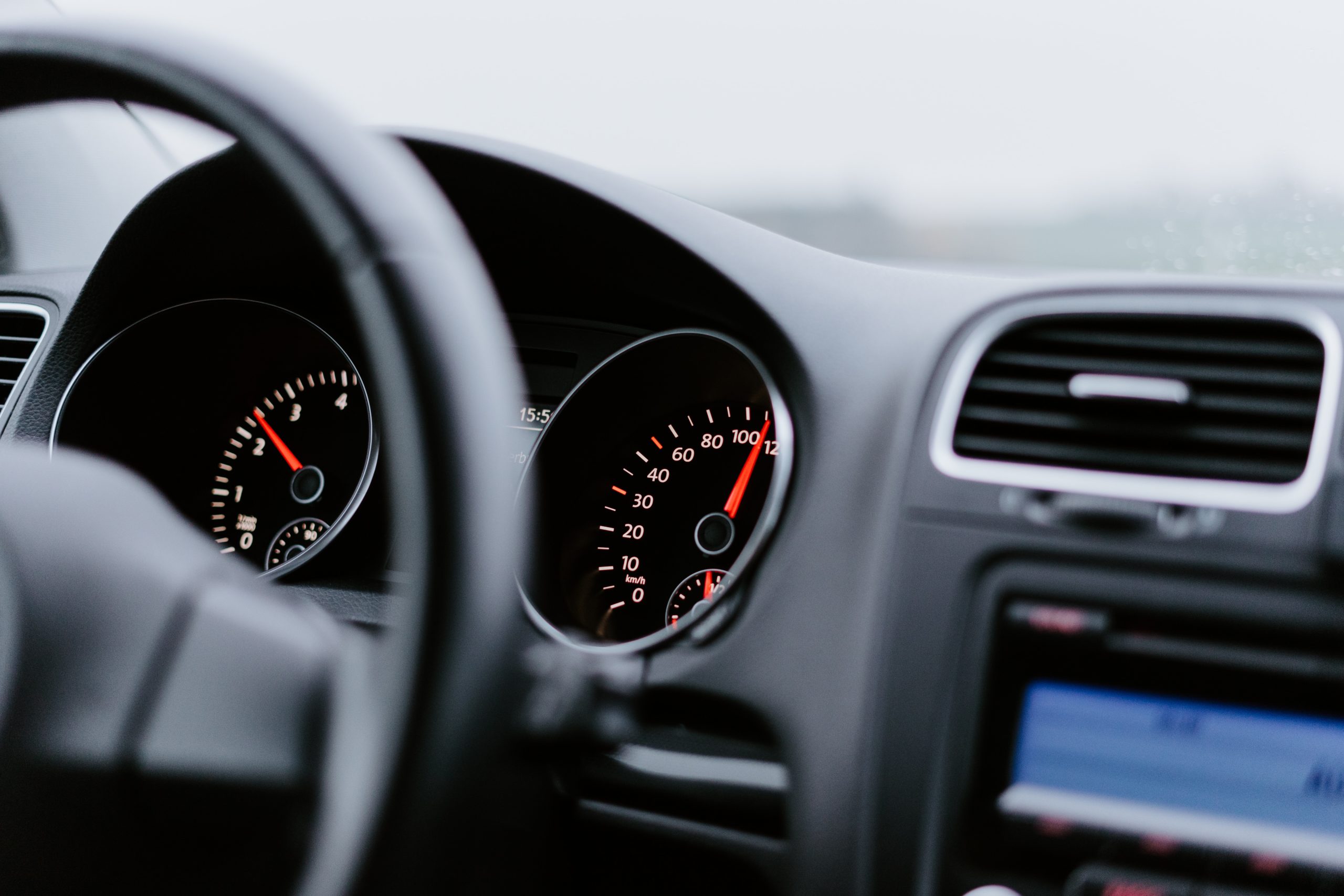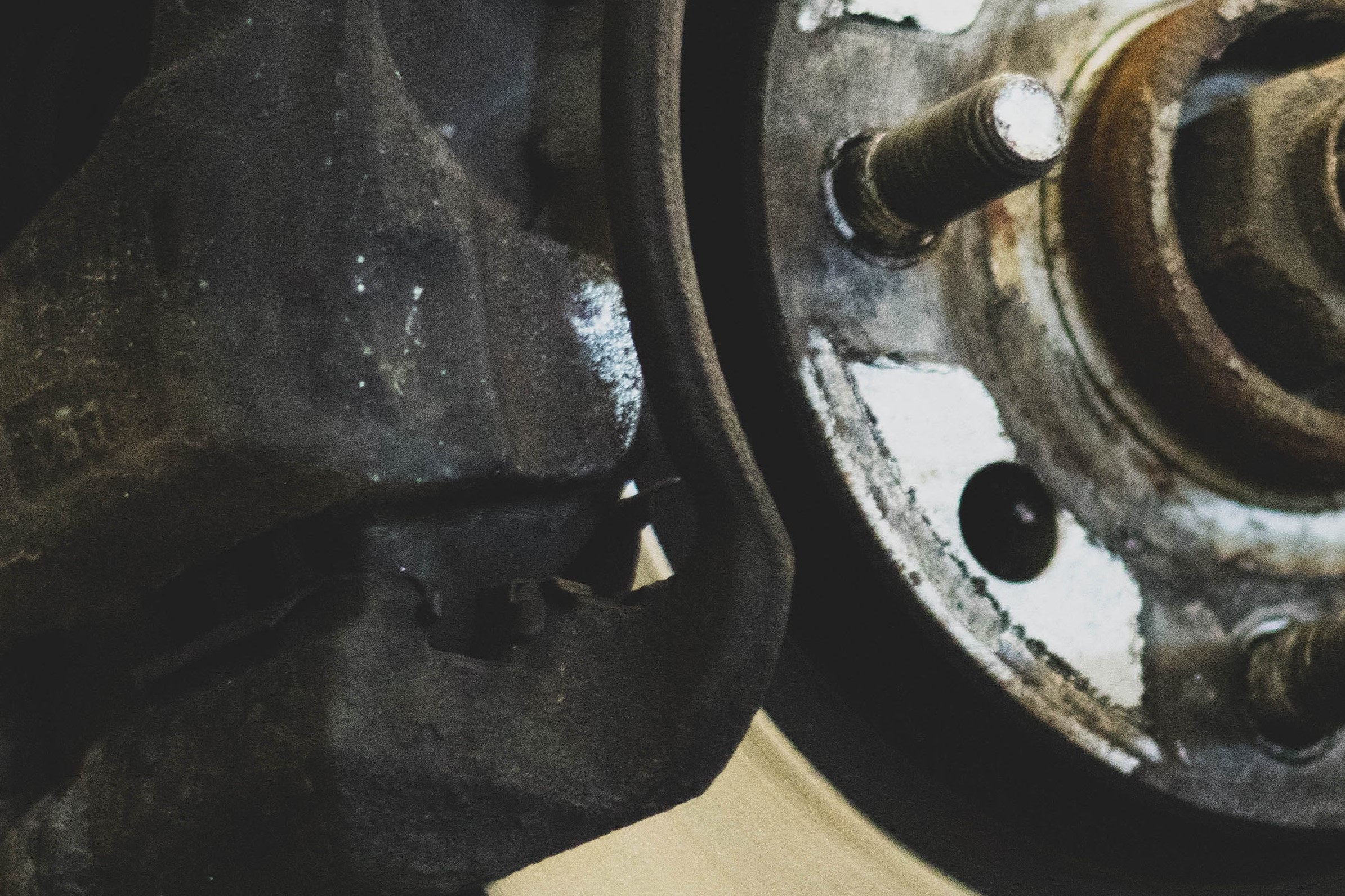Your car’s braking system is a critical component that must be kept well maintained. Imagine cruising down the highway and pressing the brake pedal, only to have nothing happen. That is a scary thought, and a situation that you definitely want to avoid. Not only do your brakes stop your vehicle and prevent you from being in an accident, but they could also save your life in emergency situations. So, how long do brake pads last and when should they be replaced? The answer varies based on your specific vehicle and driving habits, but there are some signs that you can always be on the lookout for. If you notice any of these signs, you should have a mechanic inspect your brake pads and brake system right away.
When Is The Best Time To Replace Brake Pads?
This answer may sound cliche, but the best time to replace brake pads is when they are worn out. There is really no need to replace the pads if they are not worn or still have plenty of life left in them. Some car manufacturers place sensors inside the pads that will cause a brake warning light to illuminate when the pads are worn. If your car is equipped with these sensors, then you’ll need to replace your pads once the light comes on. In addition, you should always replace your pads when they become less than 1/4″ thick. This is the minimum thickness required for optimal stopping capability. Plus, they can begin to cause damage to other parts like your brake rotors or even your calipers if they get too thin.
If you’d rather save money and not replace your pads, you could always just sell your car to Auto Wranglers and get a new one. We’ll pay you top dollar for your vehicle even if it needs some brake repairs. We always provide free pickup and towing, so we’ll come to you with cash in hand. Get an instant cash offer in about 90 seconds, and then the entire process will be complete within a couple of days. We buy cars all over the country, so give us a call no matter where you are located.
How Long Do Brake Pads Last?
Your brake pads should typically last anywhere from 35,000 to 55,000 miles although your driving style and the type of pads on your vehicle can affect the lifespan of your pads. Some performance vehicles may need new pads every 20,000 miles while heavy duty trucks or other vehicles might not need new pads until 65,000 miles or more. If you do a lot of city driving, then your pads will need to be replaced sooner than someone who drives mostly on the highway.
Due to the way that brakes operate, your front pads will need to be replaced more often than your rear brake pads. This is because more pressure is applied to the front brake pads when you stop your car than to the rear pads. You can also check your owner’s manual for information on replacing brake pads. It may list recommended intervals or simply instruct you to check your pad thickness at each oil change. Regardless, it is worth looking for your manufacturer’s recommendation.
How Do Brake Pads Work?
Brake pads rely on friction to stop your vehicle. In short, here is how they work. On the back of each of your vehicle’s wheels are round discs called brake rotors or brake discs. These spin at exactly the same speed at your wheel. A brake caliper fits over the rotor, with a brake pad on each side of the rotor – one on the front and one on the back. Your brake lines run from your master cylinder to each of your calipers. When you press your brake pedal, brake fluid is pushed through the lines. The pressure causes the calipers to squeeze the brake pads onto the rotors, thereby slowing down your wheels. The pads are made of a friction material that is able to withstand extremely high temperatures because a great deal of friction and heat results when the pads clamp down onto the rotors.
Some cars are equipped with brake shoes and drums instead of rotors and pads. These types of brakes function in a similar manner, still using friction to stop your vehicle. In this setup, the brake shoes sit inside the drum behind the wheel. When you press the brake pedal, the shoes are pressed outward against the inside of the brake drum. This causes the friction on the drum and slows down your wheels. Remember that whether you have pads or drums, this action is happening at all four of your wheels and not just one.
How To Check Your Brake Pads For Signs Of Wear
Checking your brake pads for wear is not a difficult process, although you need a little mechanical knowledge to complete this. You will need the proper tools as well. You’ll need to remove your wheels to check your brake pads for wear since the rotors and pads sit close behind the wheel. After you remove the wheel, you can visually inspect the pads and rotors for wear. If the pads appear to be thinning, you should measure them to make sure they’re still within the proper specs. You can also measure the thickness of the rotors to make sure they do not need replacing either.
Make sure that you check the front and rear wheels as well as both pads on each wheel. Brake pads wear unevenly in many cases, so just because one pad looks good does not mean that all the others are good. Many local repair shops will gladly check your brake pads for you as part of a simple vehicle inspection or routine maintenance and let you know if there are any issues that need to be addressed. If you’re wondering how to change brake pads, it’s a fairly simple process. However, if you have any hesitation, you should not attempt to perform that procedure on your own.
Signs You Need New Brake Pads
There are several signs that you can be on the lookout for that point to problems with your brake pads. If you notice any of these signs, you should have your car inspected by a mechanic right away. Problems with your brakes are no joke, and they should not be taken lightly. If your mechanic recommends brake pad replacement, then go ahead and get it done. Driving without proper brakes puts yourself and others on the road in danger. Not to mention the fact that it could lead to additional problems and cost like wheel bearing replacement, ball joint replacement, or even more! Here are the 5 signs that you need to watch for.
1. Squeaking Or Screeching Sound Coming From Brakes
One of the first warning signs of brake pad wear is a squeaking or squealing noise when you press your brake pedal. This sound is actually intentional. Your brakes contain wear indicators which are thin strips of metal that will rub against your rotors when you have worn brake pads. As these indicators rub on the metal rotors, it creates a screeching sound that you can hear. When you hear this sound, you should have your brakes inspected right away.
2. Metallic Grinding Or Vibration While Braking
If you notice a grinding sound or a vibration of the brake pedal or steering wheel when you apply the brakes, you need to take immediate action. This could mean that your pads are completely worn out and the metal backing plate on the pad is rubbing against the rotor. This can cause extreme damage to your braking system and could even cause your system to fail because of the excessive heat that is generated. A vibrating pedal could also be a sign that your rotors have become warped and need to be replaced or resurfaced. Resurfacing a rotor entails grinding it down so that it is completely smooth and round again. If you notice the grinding sound, head to the auto repair shop right away! Not only will your shop advise you whether it’s time to replace your pads, but they can tell you when to replace rotors too.
3. Takes Longer To Come To A Full Stop
In some cases, you might notice that it takes your car longer to stop than normal. If your pedal starts to fade as you press it or your car won’t stop as quickly as it once did, then your pads may be worn out. This can quickly become a dangerous situation, so do not delay in getting a vehicle inspection if you notice this symptom. Stopping distance is extremely important when driving your vehicle, and you could get into an accident if you cannot stop as quickly as you should.
4. Brake Warning Light Turns On
As we mentioned previously, some vehicles are equipped with a warning light that will illuminate when your pads become worn. The pads have a sensor inside them. As the pads wear, the sensor becomes exposed and eventually touches the rotor. Once the sensor rubs against the rotor, the circuit is broken and the light illuminates. If your brake light appears on the dash, then you should immediately have your brakes inspected and the proper repairs completed.
5. Brake Pads Are A Quarter-Inch Or Less In Thickness
Brake pads that become thinner than a quarter-inch no longer have the stopping ability they once did. This means that it’s time to go ahead and replace them. Once they reach this level of thickness, they may start grinding metal on metal at any time. It becomes unsafe to drive your vehicle with pads that are so thin, so you should go ahead and get them replaced. Your auto repair shop can measure the thickness of your pads and advise whether it is time to replace them.
Conclusion
Your brakes are a part of your vehicle that you must keep an eye on, and the brake pads must be replaced when they become worn. This is not an item that you can ignore as it becomes hazardous to drive with worn brake pads. If you prefer not to replace your pads, then you should get an instant offer from Auto Wranglers to sell your car and then buy yourself a new car. Keep an eye out for any of the signs mentioned in this article and have your car checked by your mechanic if you notice any of them. If you catch worn pads before additional damage is done, the repair is not all that expensive.


